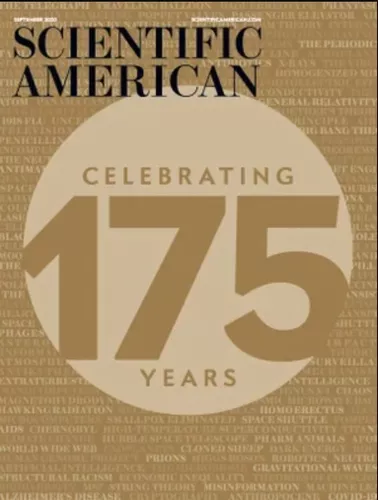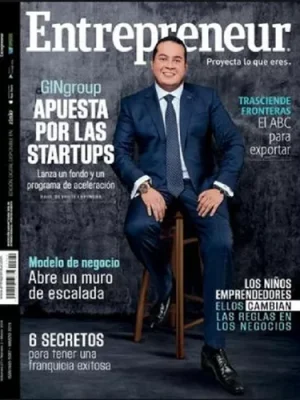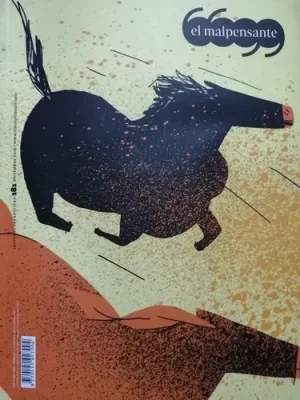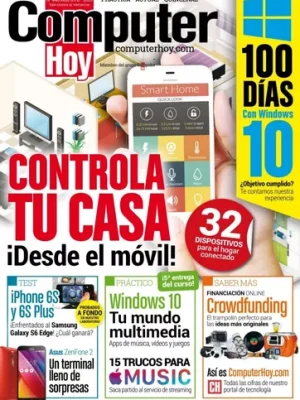Revista Scientific American 09/20. Inglés. Ciencia
$31.500
Disponibilidad: 2 in stock
Revista Scientific American Septiembre2020. Inglés
ISSN: 0036-8733
Descripción
A few years after the first issue of this magazine was published, a New Jersey carpenter found traces of gold in California’s American River, setting in motion a Gold Rush in which some 100,000 prospectors flooded the Sierra Nevada seeking their fortune. Rufus Porter, inventor, muralist and founder of this magazine, saw a different opportunity than the average 49er. He wanted to ferry paying passengers from the East Coast to California via hydrogen airship, a huge craft that would make the trip in three days. That scheme never took off. Scientific American, however, is still going strong.
SciAm has endured in part because of continual self-evaluation and reinvention. In that spirit, we decided to use this anniversary issue to take a hard look at our past, by analyzing the shifting ways we’ve talked about science (“The Language of Science”) and by excavating and owning up to some of the most egregious material we’ve printed (“Reckoning with Our Mistakes”). We chose to tell a few of the more entertaining stories from our history like the time Hans Bethe wrote an article for us on the hydrogen bomb, leading the feds to raid our offices, burn 3,000 copies of the magazine, and eventually find our editor in chief “subversive and disloyal” (“Nuclear Reaction”).
VISUALIZING 175 YEARS OF WORDS IN SCIENTIFIC AMERICAN
CULTURE
The Language of Science
Moritz Stefaner, Lorraine Daston and Jen Christiansen
CULTURE
Explore 175 Years of Words in Scientific American
Moritz Stefaner
CULTURE
How to Turn 175 Years of Words in Scientific American into an Image
Revista Scientific American Septiembre2020. Inglés
ISSN: 0036-8733
Descripción
A few years after the first issue of this magazine was published, a New Jersey carpenter found traces of gold in California’s American River, setting in motion a Gold Rush in which some 100,000 prospectors flooded the Sierra Nevada seeking their fortune. Rufus Porter, inventor, muralist and founder of this magazine, saw a different opportunity than the average 49er. He wanted to ferry paying passengers from the East Coast to California via hydrogen airship, a huge craft that would make the trip in three days. That scheme never took off. Scientific American, however, is still going strong.
SciAm has endured in part because of continual self-evaluation and reinvention. In that spirit, we decided to use this anniversary issue to take a hard look at our past, by analyzing the shifting ways we’ve talked about science (“The Language of Science”) and by excavating and owning up to some of the most egregious material we’ve printed (“Reckoning with Our Mistakes”). We chose to tell a few of the more entertaining stories from our history like the time Hans Bethe wrote an article for us on the hydrogen bomb, leading the feds to raid our offices, burn 3,000 copies of the magazine, and eventually find our editor in chief “subversive and disloyal” (“Nuclear Reaction”).
VISUALIZING 175 YEARS OF WORDS IN SCIENTIFIC AMERICAN
CULTURE
The Language of Science
Moritz Stefaner, Lorraine Daston and Jen Christiansen
CULTURE
Explore 175 Years of Words in Scientific American
Moritz Stefaner
CULTURE
How to Turn 175 Years of Words in Scientific American into an Image
Related products
-
Libros, revistas y cómics
Revista Entrepreneur En Español – Marzo 2019
Rated 0 out of 5$35.000 Add to cart -
Libros, revistas y cómics
Revista Computer Hoy 446 | Revista De Tecnología
Rated 0 out of 5$22.000 Add to cart






